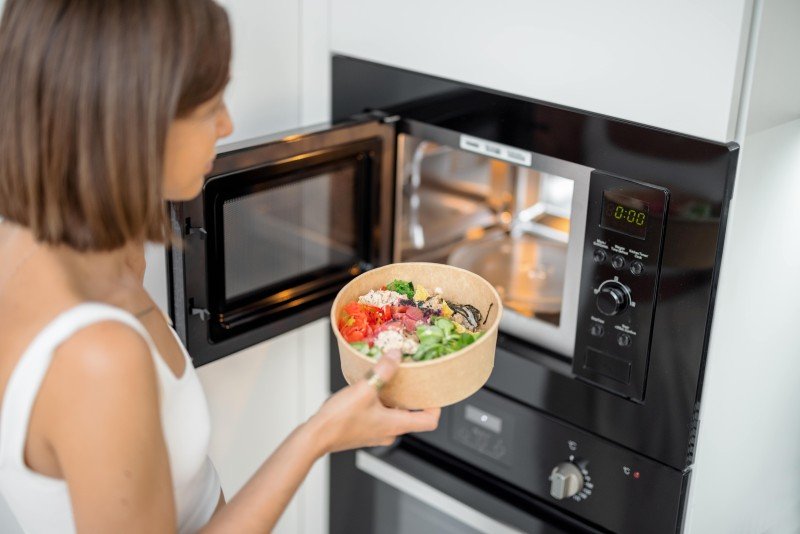The 10 Most Scariest Things About Oven And Hob
The Complete Guide to Ovens and Hobs: Choosing the Right Appliances for Your Kitchen
When it pertains to developing cooking work of arts, the importance of quality kitchen appliances can not be overstated. Ovens and hobs are the heart of any kitchen, enabling home cooks and professional chefs alike to produce, bake, and sauté delicious meals. Understanding the different kinds of ovens and hobs, together with their features and functionalities, is vital for making informed acquiring decisions. web link offers an extensive appearance at ovens and hobs, helping you browse the choices offered so that you can improve your kitchen's performance and flexibility.
Comprehending Ovens
Ovens are essential for cooking and baking and come in different types to satisfy diverse culinary requirements. Here is an introduction of the most typical kinds of ovens:
1. Conventional Ovens
Conventional ovens work by heating the air inside with gas or electric aspects. They are ideal for baking cakes, roasting meats, and cooking casseroles.
2. Convection Ovens
These ovens utilize a fan to distribute hot air, offering an even temperature throughout, which can significantly minimize cooking times. They are perfect for baking cookies or roasting veggies.
3. Microwave Ovens
Microwaves prepare food quickly using electromagnetic radiation. They are perfect for reheating leftovers or thawing frozen foods however are not ideal for browning or crisping.
4. Wall Ovens
Including a wall oven into your kitchen design can save space and develop a smooth aesthetic. They work just like traditional or convection ovens however are built into the wall for simple gain access to.
5. Range Ovens
These ovens integrate stovetop burners with an oven, offering versatility for those who prefer a single appliance for all cooking needs.
Type
Cooking Method
Best For
Traditional
Electric/Gas
Baking, roasting
Convection
Air flow
Quick cooking, even baking
Microwave
Electro-magnetic
Reheating, thawing
Wall Ovens
Electric/Gas
Space-saving, sleek style
Range Ovens
Electric/Gas
Flexible cooking
Exploring Hobs
Hobs, also known as cooktops or stovetops, provide the surface to cook pans directly over a heat source. Like ovens, hobs are available in various types, which can be classified as follows:
1. Gas Hobs
These hobs utilize a flame for cooking and supply immediate heat control. They are favored by lots of chefs for their responsiveness and accuracy.
2. Electric Hobs
Electric hobs utilize coils or flat surfaces to heat pans. They use a constant heat source, however they may take longer to cool down compared to gas hobs.
3. Induction Hobs
Induction hobs use electro-magnetic energy to heat pots and pans straight, making them highly efficient and quicker to prepare. They are likewise much easier to clean up as the surface area stays reasonably cool.
4. Solid Plate Hobs
These are older innovation that utilizes solid metal plates to offer heat. They are resilient however are less efficient than modern-day choices.
Type
Heat Source
Advantages
Downsides
Gas Hobs
Flame
Instantaneous heat control
Needs gas connection
Electric Hobs
Electric coils
Constant heat
Slower to cool down
Induction Hobs
Electromagnetic
Quick cooking, energy-efficient
Requires compatible cookware
Solid Plate Hobs
Solid metal plate
Durability
Less efficient
Choosing the Right Appliances
Selecting the perfect oven and hob for your kitchen involves considering numerous factors:
1. Space and Layout
Procedure your kitchen location to identify the size and positioning of the oven and hob. Ensure there is sufficient ventilation, specifically for gas home appliances.
2. Cooking Style
Think about how typically you prepare and the kind of meals you prepare. A stove may fit devoted bakers, while someone who regularly stir-fries might choose an induction hob.
3. Energy Source
Pick the energy source that best fits your lifestyle. Gas provides instant control, while electric and induction hobs offer ease of use and are typically more energy-efficient.
4. Budget
Identify your budget for kitchen devices. Ovens and hobs differ substantially in rate, depending on functions and brands. Prioritize important functions that satisfy your requirements.
5. Functions
Search for performances such as self-cleaning choices, smart technology compatibility, particular rack configurations for ovens, and safety functions for hobs.
Regularly Asked Questions (FAQs)
Q1: What is the difference between a traditional oven and a convection oven?A1: Conventional ovens warm the air within without fans, while stove make use of a fan to circulate hot air for more even cooking. Q2: Can I use aluminum cookware on induction hobs?A2: No, induction hobs need ferrous (magnetic )materials like cast iron or stainless-steel to work effectively. Q3: Do gas hobs heat faster than electric hobs?A3: Yes, gas hobs supply instant heat, making them quicker for cooking compared to electric hobs. Q4: Is it safe to use a microwave oven?A4: Yes, when used according to the producer's guidelines, microwave ovens are considered safe for cooking.
Q5: How typically ought to I clean my oven and hob?A5: For optimum performance, tidy your oven regularly, especially after spills. Hobs ought to be wiped down after each use
to prevent buildup. Ovens and hobs
are important parts of a fully equipped kitchen. Comprehending the different types, their functionalities, and the considerations associated with buying
them can considerably improve cooking experiences. Whether one is a casual home cook or an expert chef, investing time in picking the best devices can cause culinary success and satisfaction in the kitchen. By prioritizing features that align with your cooking style, energy sources that fit your home, and budget plan factors to consider, you can produce an efficient workspace that inspires cooking imagination. 